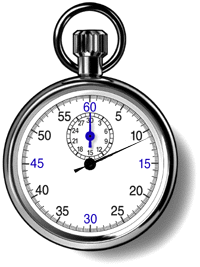Archetypal Expressionism lies between the two major paradigms of contemporary art, the figurative and the abstract. It represents the spiritual quest for common cultural roots beyond the tragic accidents of history. It is a fascinating approach to rediscovering that Tahiti of our collective memory through the shapes and the exotic figures of our inner lives. It is art suspended between the real and the imaginary, and it needs rigor and mystery, arithmetic and lyricism, simplicity and paradox.
Archetypal expressionism is indeed a new concept and yet it echoes an ancient tradition in making art, also specific to cultures of a remote past.
Strong colors, deformities and a special sensitivity to imagine the world are not exclusively the prerogatives of contemporary expressionists.
The archetype is a universal symbol, just as untranslatable as music. The archetypal fields are real, a mystery of the universe. The archetypal cosmos is timeless; it only contains a virtual germ of time.
Constantin Severin
Founder of the
Archetypal Expressionism
.....................
"The third paradigm of art", as it is called by its founder, Mr. Constantin Severin, defines a wide foray into the depths of the collective unconscious and a search for origins. The symbolic aspects encountered in the cultures of the archaic tribes, from the steppes of Russia to South America, define an incessant relationship with the unseen worlds of the great spirits that govern the universe. From the paintings that decorated the ceilings of the caves to the sun wheels of the Nordic peoples, from the ritual tattoos of the Oceania peoples, to the totems of the tribes of North America, we find an indivisible relationship with otherness.
Many thousands of years before Homo Deus, Cro-Magnon man sketched a language and drew the shape of the heavenly gods with natural pigments, scratched them on stone or carved them in rock, leaving their mark on the history of time itself. The abundance and density of evidence that define the beliefs of these archaic people, has become in modernity an object of study distinct from the historical one, namely Anthropology. From C. G. Jung to Mircea Eliade, the field of archetypes was an object of major interest both in the field of psychology and in that of spirituality, aesthetics or the history of civilization. Almost every one of us knows what an archetype means. They themselves form a language as coherent as written or spoken language. However, communication through archetypes comes most handy, because it pushes us to that place in our collective unconscious where we all understand each other regardless of nationality, culture or language.
I think we are living in an age of remitologization. The various aspects of symbolization need to be re-signified, re-discussed. The spirits of the earth, the idols of the unconscious world, the personal gods, the archetypes of the sacred and mundane ritual. I also believe that we have the call to return to simple rituals that reconnect us with nature, the seasons and the irreversible passage of time. Man's connection with the earth during his passage through the world is my main interest because in this connection man can recover something lost: his own spirit. And in that recovery of personal mythology he will meet the Universal Spirit; At that point, diametrically opposed to materiality, where we can rediscover the peace of a Sun that is father to us all.
Rudy von Kronstadt


Images of trance & shamanic chants, arouse in the night... 2016

2016

2016

2016

2016

2016

2016

2016
